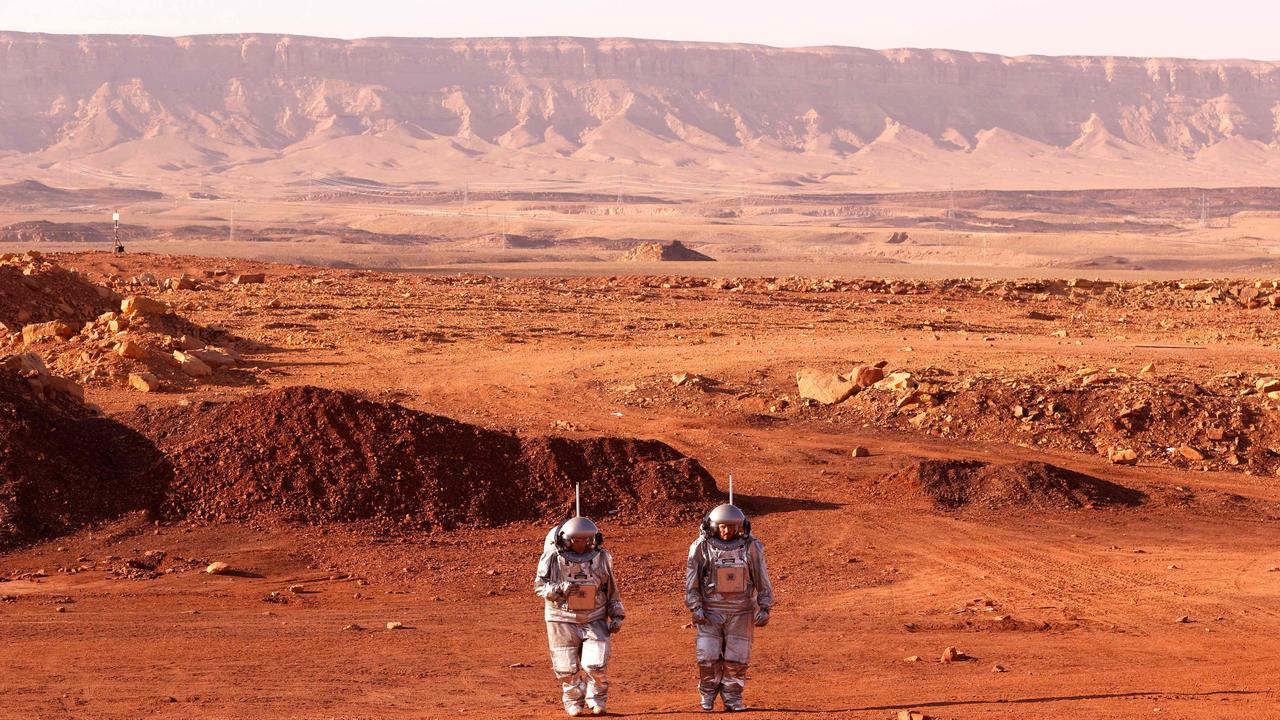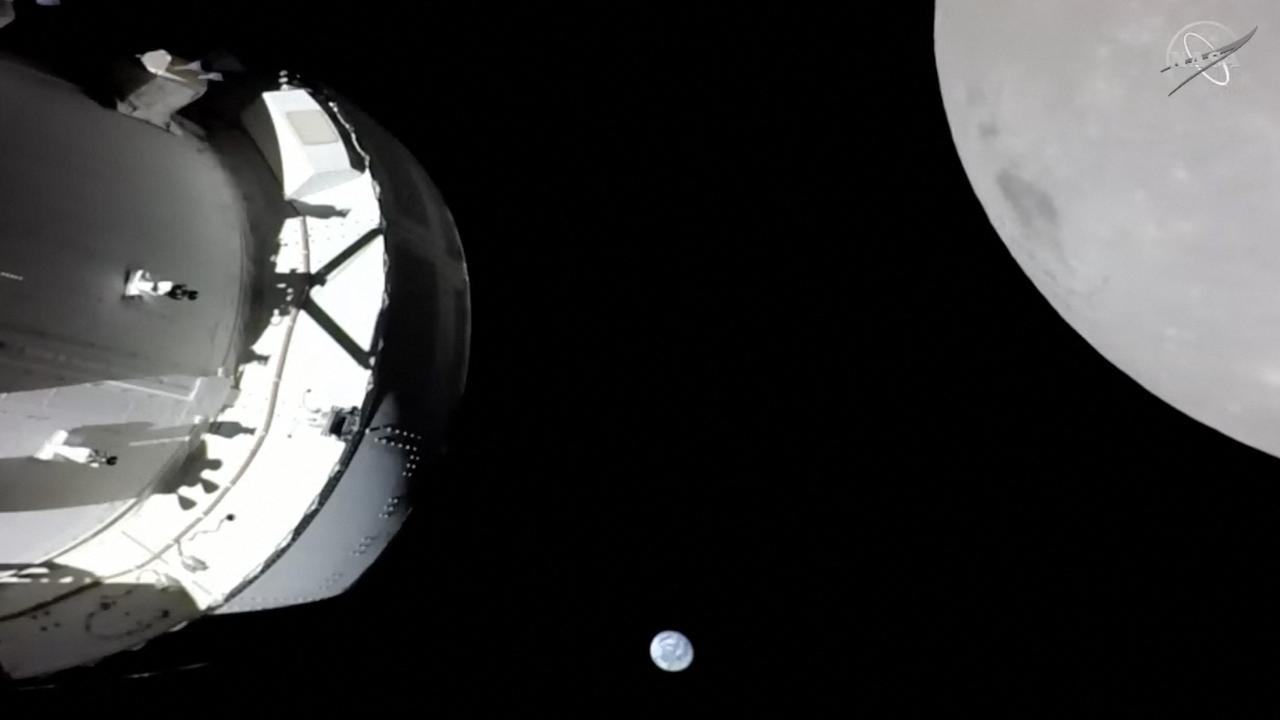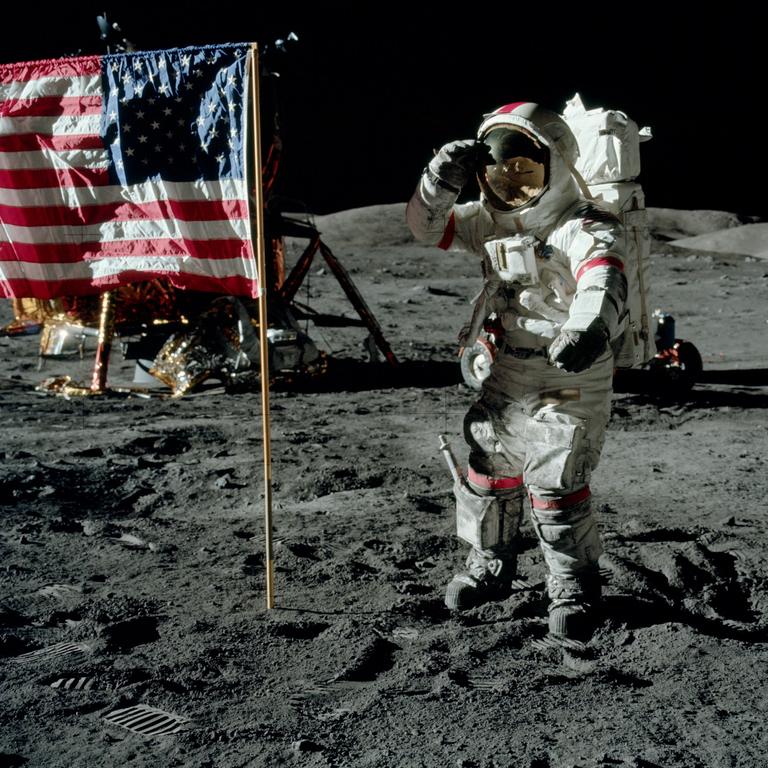NASA says moon will be a new human habitat by end of decade
The successful launch of Artemis I could soon lead to a human base built in space by the end of the decade, as NASA’s program gets closer to the first manned mission to the moon in 50 years

READING LEVEL: GREEN
NASA says that humans will be living on the moon by the end of the decade.
The promise of long-term human life on the moon follows the successful launch of Artemis* 1, which could lead to the first manned* lunar* exploration in more than 50 years.
Artemis 1, made up of the Space Launch System rocket carrying the unmanned Orion* capsule, lifted off from Cape Canaveral, Florida, last week.

Orion program manager Howard Hu expects mission staff to spend long periods living on the moon to carry out experiments. The prospect of an extended stay means creating a habitable* base where researchers can conduct tests and explore the moon in rovers*.
“It’s more than living, it’s really about science,” Mr Hu said. “Certainly in this decade we are going to have people living for durations*, depending on how long they are on the surface. We are going to be sending people down to the surface, they are going to be living there on the surface and doing science.”

The last manned mission to the moon was Apollo 17 in December 1972, when astronauts Gene Cernan and Harrison “Jack” Schmitt spent three days exploring the Taurus-Littrow valley.
The uncrewed Orion capsule is expected to return to Earth on December 11 and will be followed up by a crewed mission, Artemis II, to fly past the moon in 2024. If those missions go to plan, a manned mission to the moon, Artemis III, could go ahead in 2025.

Follow-up missions are then expected to lead to the development of the Lunar Gateway, a space station orbiting the moon. A permanent base would then be created on the moon’s surface to house astronauts while they conduct tests and build new technologies to support the push to Mars. Artemis has cost $US37 billion to date and will hit $90 billion by 2025.
A decade in development, the program has been delayed by technical and funding issues.

Mr Hu told BBC One that Artemis I was the “first step we’re taking to long-term deep space exploration, for not just the United States but for the world”.
“We are going back to the moon, we’re working towards a sustainable* program and this is the vehicle that will carry the people, that will land us back on the moon again,” he said.
“Moving forward is really to Mars, that is a bigger stepping stone, a two-year journey, so it’s going to be really important to learn beyond our Earth orbit.”
This article originally appeared in The Times and is republished with permission
GLOSSARY
- Artemis: goddess of the moon and twin sister of Apollo in Ancient Greek mythology
- manned: crewed, a spacecraft with astronauts aboard
- lunar: relating to the moon
- Orion: group of stars that looks like a hunter, named for a figure in Ancient Greek mythology
- habitable: providing conditions that are good and safe enough to live in or on
- rovers: small vehicles for exploring the surface of a planet or moon
- durations: periods of time
- sustainable: able to continue over a period of time
EXTRA READING
Lift-off! NASA launches spaceship to the moon!
James Webb telescope’s new cosmic snapshot
Australia explores solar from space
QUICK QUIZ
- What was the name of the last moon mission and in what year?
- Who were the last astronauts to walk on the lunar surface?
- What year could see a manned mission to the moon at what stage of the Artemis program?
- What is the “Lunar Gateway’?
- How much has NASA’s Artemis program cost to date?
LISTEN TO THIS STORY
CLASSROOM ACTIVITIES
1. Funding to the moon
While there are lots of exciting space exploration activities happening now and in the coming years, who is paying for them and how is the money raised to fund them?
It’s looking at costing up to $US90 billion dollars by 2025 to have the Artemis rocket in space.
Where does this money come from?
How would an organisation such as NASA fundraise or accommodate this huge expense?
What type of people might contribute to these costs?
Why would governments fund some of these activities? What’s in it for them?
Time: allow 20 minutes to complete this activity
Curriculum Links: English; Science; Mathematics; Critical and Creative Thinking
2. Extension
Sketch a design that includes some of the suggested features of the Lunar Gateway that may one day orbit the moon. What sort of things would you include for the astronauts’ comfort?
Sketch and label your design to share with your classmates.
Time: allow 25 minutes to complete this activity
Curriculum Links: English; Science; Visual Arts; Personal and Social; Critical and Creative Thinking
VCOP ACTIVITY
Moon mansion
Living and exploring the moon could be fun, but with rapidly changing temperatures and difficult terrain, you really are going to need a portable house. Design a portable space station for the astronauts to use when they explore the moon so they don’t need to return to their spacecraft every night.
Remember that it will need to be able to run on solar power, so make sure you include solar panels for charging during the day.
Include a labelled description of your portable home, so your class can see what you have included and why.

